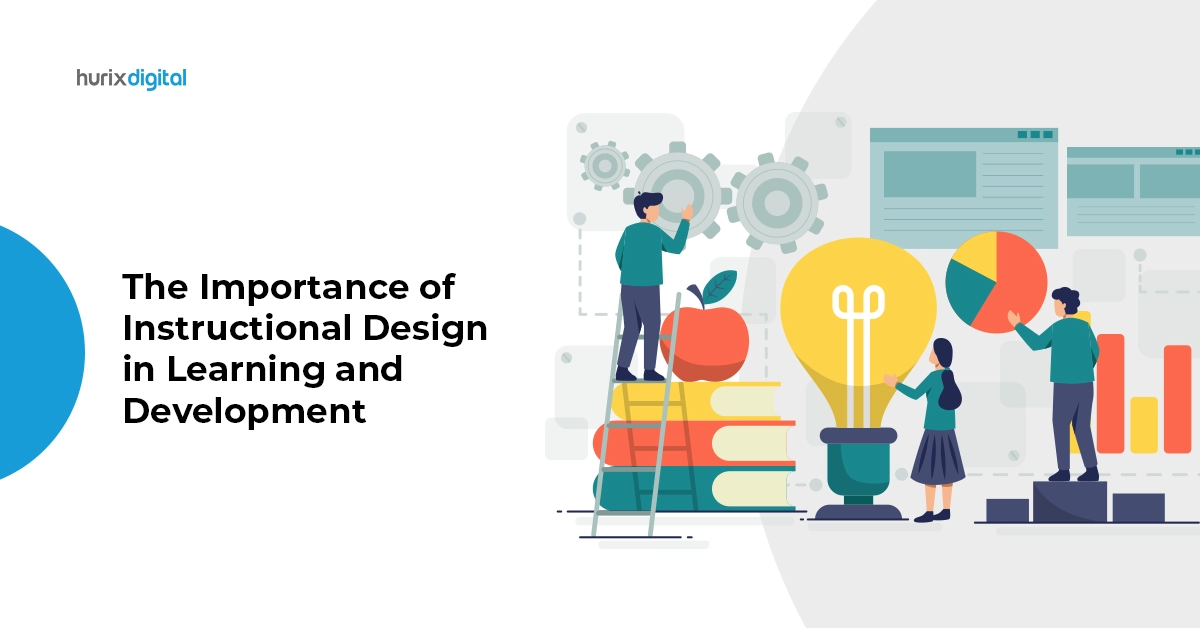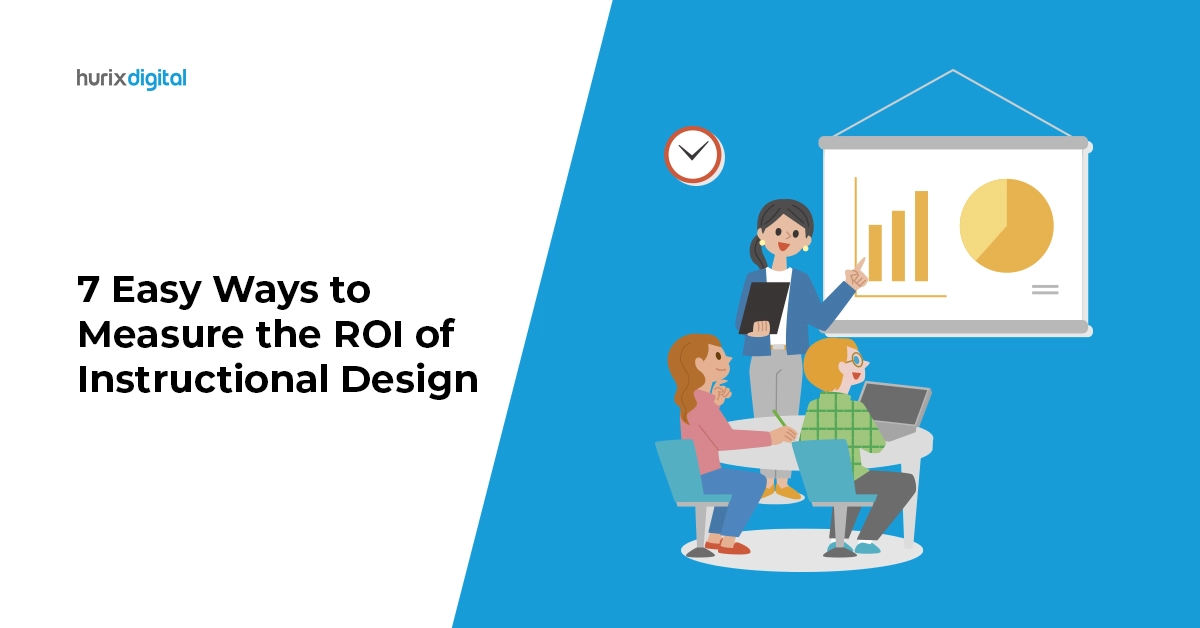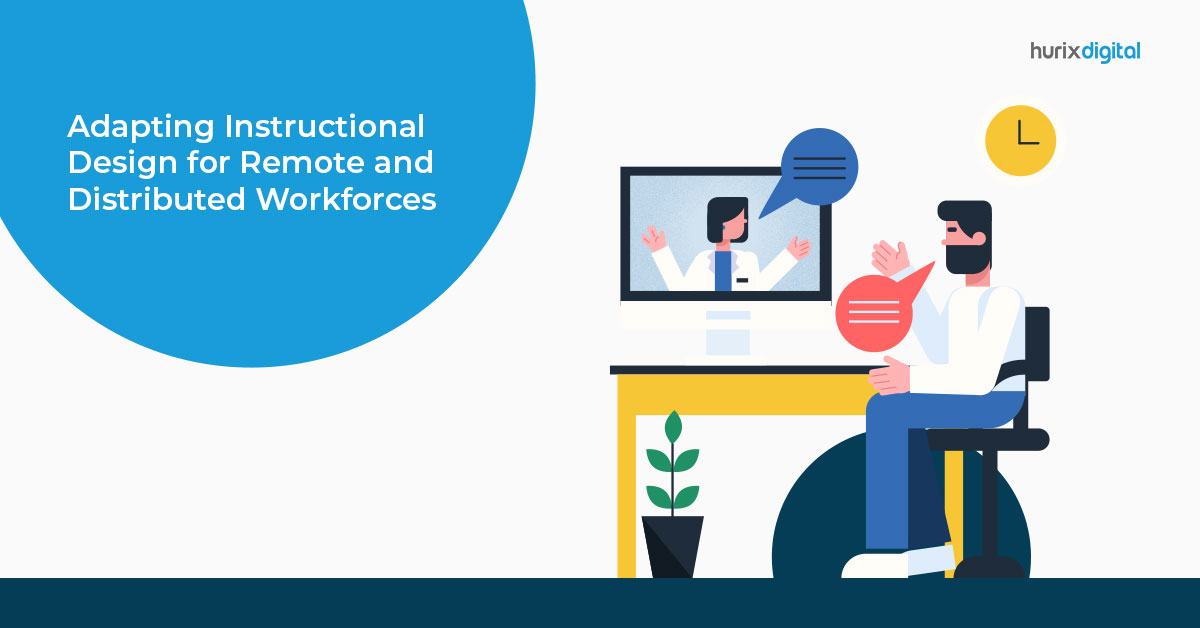
The Importance of Instructional Design in Learning and Development
Summary
Explore why instructional design is crucial for effective learning and development, and how it impacts the quality and success of educational programs.
In the fast-evolving landscape of professional development, instructional design plays a pivotal role in shaping effective and engaging learning experiences. Learning and development strategies are bound to play a crucial role not only in increasing employee retention but also empowering the enterprise at large, albeit in the long run. This article will delve into the significance of instructional design in learning and development, emphasizing its crucial role in workforce learning. We’ll explore the key aspects, strategies, and real-world examples that underscore the importance of instructional design.
Table of Contents:
- What is Instructional Design?
- Why is Instructional Design Important in Learning and Development?
- Why is Instructional Design So Important in Workforce Learning and Development?
- Types and Use Cases of Instructional Design Strategies in Learning and Development
- Conclusion
What is Instructional Design?
Instructional design is all about systematically creating learning experiences that maximize the acquisition of knowledge and skills. It translates into careful planning, organization, and delivery of content to ensure learners grasp information efficiently and effectively. The instructional design process also involves identifying the performance and skills gaps of the employees and creating positive learning experiences to bridge these gaps.
The success of an ID model is determined by how well the instruction helps learners achieve the expected outcomes. An inspiring instructional design is created by taking into account three main components: learning objectives, learning activities/materials, and assessments
Also read, Adapting Instructional Design for Remote and Distributed Workforces
Why is Instructional Design Important in Learning and Development?
- Customized Learning Experiences: Instructional design offers tailor-made learning experiences to suit the unique needs and preferences of learners.. By customizing content and learning materials to cater to all kinds of learners, ID enables education, and not a mere transfer of knowledge, possible. The content is thereby relevant, engaging, and impactful.
- Optimized Resource Utilization: Choosing the right ID model can make or break the learning and development process. The right instructional design maximizes the use of resources, both in terms of time and materials. This results in cost-effective and efficient learning programs.
- Enhanced Engagement: Engaging learning experiences are more likely to be retained. Instructional design incorporating multimedia, interactive elements, and hands-on activities creates an environment that captures and sustains learners’ attention.
- Measurable Outcomes: Clear learning objectives and evaluation criteria are fundamental to instructional design. This allows for the measurement of progress and the assessment of the learning program’s effectiveness.
Also read, Everything You Need to Know About Instructional Design Evaluation and Assessing Employee Learning
Why is Instructional Design So Important in Workforce Learning and Development?
When instructional design optimally combines communication, education, and behavioral and motivational psychology to create training programs for corporate learners, it becomes an integral part of corporate workforce learning and development, enabling employees to learn and retain complex processes through easy steps.
- Alignment with Learning Goals: Instructional design ensures that the content and methods used in training programs align with the specific learning goals of the organization. This guarantees that the workforce is equipped with the skills and knowledge needed for success.
- Better retention levels: By integrating various audio visual learning elements into the course and aligning them with the learning objectives, ID enables better retention of knowledge.
- Driven, result-oriented learning: Since ID has a tab on the motivational psychology of the employees, the learning materials are delivered with a result oriented approach that is bound to succeed in engaging the employees effectively. All this translates into better performance and application of the knowledge.
- Adaptation to Diverse Learners: In a diverse workforce, individuals have varied learning styles and preferences. Learners can be visual, auditory, reading/writing, and kinesthetic. Instructional design strategies accommodate these differences, ensuring that all employees can benefit from the training.
- Consistency and Standardization: For organizations with multiple locations or teams, instructional design provides a consistent approach to learning. This ensures that everyone receives the same high-quality training, regardless of their location. This also ensures that everyone is on the same page when it comes to their roles and responsibilities.
- Improved Collaboration: Since everyone is on the same page, team members are able to collaborate and communicate effectively. For instance, if all the learner data are gathered, and the flaws in the current model are identified, the content creator can develop more relevant courses during the design phase of the instructional design.
- Increased Employee Engagement: Successful Instructional Design models delve into the employees’ styles of learning, their preferences, internal/external cognitions, and their sources of internal drive and motivation. So, the content deployed is more effective and engaging for online learners. It attracts their attention, retains it, and communicates the content in a manner that is easy to follow. Most importantly, it avoids cognitive overload.
- Increased Online training ROI: Designed with the help of pedagogical and cognitive principles, ID models get to the root of learning styles and learners’ motivation. This reveals the ways in which your team processes the learning and connects with the learning material. This translated into better ROI because with these guiding principles, the learners are more likely to achieve the learning outcomes.
- Accurate evaluation: The Instructional Design model includes measures to evaluate its own efficacy. This helps identify areas of improvement: content that drains resources is replaced with effective strategic content, enabling you to continually enrich the training process and program.
- Boost employee productivity: Online learning modules of the ID are more concentrated, bite-sized sessions that the employees can retain for longer periods of time. Especially, when the ID incorporates gamification, multimedia and quizzes to make it more engaging. This motivates them to complete the training program as well as put the learning to the best use possible.
- Enhanced decision-making skills: The ID models are designed keeping the skill sets of the employees in mind. They are also designed to help make better business decisions. This is rendered possible by defining the process you must follow to achieve your objectives. Branching, for instance, enables employees to select right or wrong decisions in a safe environment and thereby course correct to arrive at the correct decisions. All this is possible in ID where complex activities can be broken down into smaller, manageable bits while keeping the larger picture in mind.
Types and Use Cases of Instructional Design Strategies in Learning and Development
- E-Learning Modules: The instructional strategies for e-learning solutions are a prime example of instructional design at work. They often incorporate multimedia elements, interactive, game-like quizzes, and well-structured content in the form of microlearning modules, simple branching scenarios, and guided self-reflection to create engaging learning experiences. Quick quizzes are great for evaluating and identifying which learning module poses the maximum challenge to the learners. Process training via non-linear approach with an easily navigable menu takes the learner step-by-step through the processes.
- Simulations and Scenario-Based Learning: These immersive experiences, often used in corporate learning services, allow employees to apply their knowledge in realistic scenarios, especially in policy training, making decision-making an active learning experience instead of a passive one, thus enhancing retention and practical application.
Real-Life Examples
- Onboarding: New employees need to absorb a lot of information in a short span of time. Microlearning will play a huge role in educating the employees with chunks of relevant information. Here too, a non-linear approach with a list of short topics enables smooth communication and easily breaks the ice. The content can be enlivened using videos and timelines, and key aspects/subjects like the company’s code of conduct and values, FAQs, and team introduction can be covered.
- Sales Training: A well-designed sales training program may include interactive simulations, case studies, and role-playing exercises. This approach enables sales teams to develop and apply their skills in real-world scenarios. Building branching into the instructional design enables the trainees and managers to see the consequences of both the right and wrong choices. This allows for making mistakes in a safe place and learning from them. It also enables behavioral change in the employees.
- Compliance Training: In industries with strict regulatory requirements, instructional design ensures employees understand and adhere to compliance standards. This can include multimedia presentations, quizzes, and scenario-based assessments. Question pools too are a great way to ensure that answers are not shared among the learners: this is because when the learner retakes the test, the same questions are not repeated. Compliance rules and regulations are business-critical content, and an effective instructional design goes a long way in simplifying the training process of compliance.
Conclusion
In the realm of learning and development, instructional design is vital in holding together effective training programs. Its ability to create customized, engaging, and measurable learning experiences is invaluable for organizations aiming to equip their workforce with the skills they need to succeed.
Hurix Digital offers a wide range of engaging corporate learning services and online learning solutions. To explore how our innovating instructional design process can transform your workforce learning, contact us at marketing@hurix.com. Don’t miss out on the opportunity to elevate your learning and development initiatives!
Remember, investing in your employees’ growth is an investment in your company’s future success. Start harnessing the power of instructional design today!

Performance, Results, Growth, and Life-Long Learning define my professional life. I am passionate about making workplace learning planful, purposeful, and impactful. I take pride in partnering with clients and bringing them the best in learning design and creating solutions that address business challenges.







